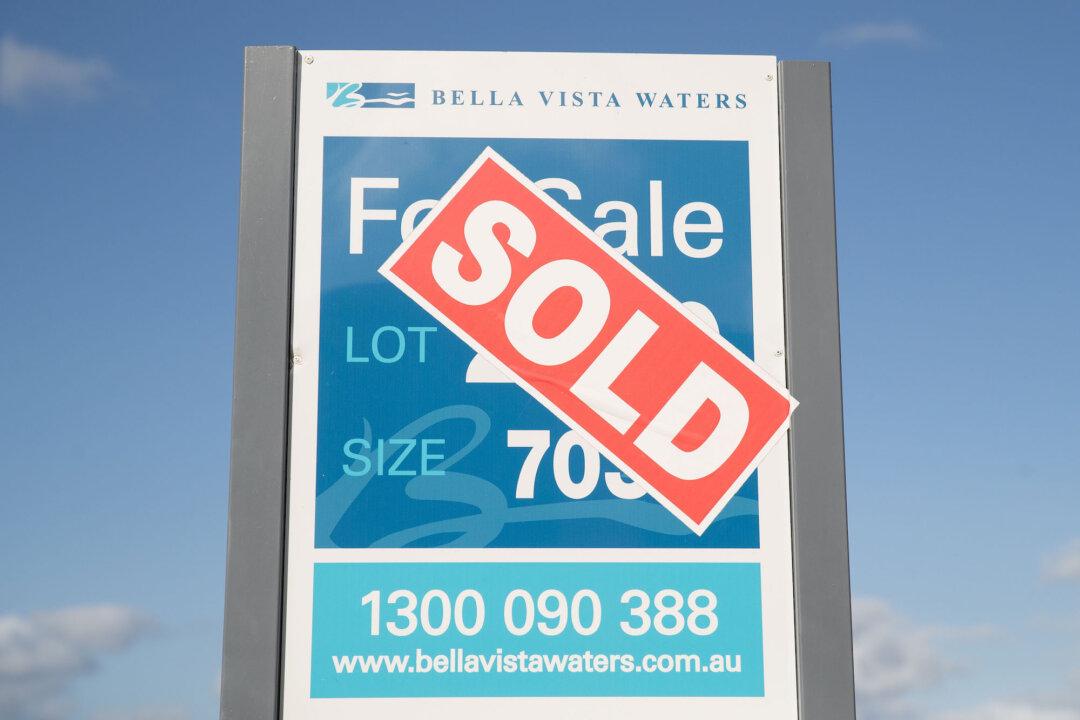Home loan commitments have risen to another new high in April, and financial regulators are pleased that it has not led to easing lending standards.
New figures from the Australian Bureau of Statistics show that new housing loans have risen 3.7 percent to a record high of $31 billion (US$23.8 billion), driven by owner-occupier loans.





